Artfully blending form with function
A pendant light is a light fixture that hangs down gracefully from the ceiling, with its light source often shielded or diffused by a shade made of glass, metal, fabric, ceramic, plastic, wicker or wood. Obviously, the shade is the most important component of pendant lights as it lends aesthetical appeal and optical characteristics to the light fixture. Glass is one of the most popular materials used to make pendant light shades due to its versatility in color, shape and appearance options. Through the simple addition of chemical elements, the color of the glass can be changed. For example, cobalt creates a beautiful blue, uranium and chromium create various shades of green and iron creates a reddish-blue color. Through hand-blowing, mouth-blowing or lampworking, glass shades can be imparted with optical textures and decorative patterns.
Glass shade styles
Pendant lighting is a simple and tasteful way to elevate the look and feel of a room. Delivering intriguing visuals that are not as easily accomplished with other type of light fixtures, glass pendant lights are all the rage throughout the history of electric lighting. Glass shades come in all sorts of styles, colors and shapes. They are one of the most popular design element in modern, contemporary and transitional style fixtures. Glass shades are crafted in a variety of shapes that include bell, cylinder, globe, dome, cone, square, schoolhouse, drum, bowl, acorn, and various geometric forms which are characteristic of contemporary pendant fixtures. Depending on the optical and/or aesthetical requirement, the shade can be made from clear glass, alabaster glass, tinted glass, seeded glass, art glass, ribbed glass, crystal, textured glass, etched glass, marbleized glass, or mercury glass.
Ambient lighting
As most of the glass shades are either clear or translucent, glass pendant lights are generally used as ambient light fixtures that radiate a wide spread of light to provide a space with overall illumination. In some cases, glass pendant lights are used to create sparkle which can ignite the spirit of the space and express excitement, high quality or elegance. The tradition of functionalism and classic aesthetic of incandescent lamps spurred an increase in use of transparent glass in lamp shades. This trend had diminished somewhat when fluorescent bulbs dominated the market because these bulbs are less attractive than incandescent bulbs and thus lighting designers tend to hide them in opal diffusers. The advent of vintage-inspired LED filament lamps revitalized the trend as these light bulbs can emulate the true style and look of traditional incandescent light bulbs.
LED pendants
Glass pendant lights come mostly as lamp-based systems which are constructed around light bulbs. This results in a dilemma in the era of solid state lighting based on LED technology. LEDs by nature require adequate thermal management as well as the use of driver circuitry that provides efficient power conversion and high quality output. However, the size and form factor of light bulbs make it very challenging to incorporate high performance heat sinks and LED drivers. As a result, LED bulbs not only have a significantly shorter lifespan as compared to integrated LED systems, the quality of light (i.e., flicker control) can often be comprised due to the failure of LED drivers in suppressing the ripples in the DC current supplied to the LEDs.
As the prices of LED bulbs have dropped to the commodity level, lighting manufacturers are reluctant to use high-performing components in their products. Oftentimes the color rendering performance, flicker reduction, efficiency and lifespan of LED replacement bulbs are traded for low-cost designs. Therefore, lamp-based LED pendant lights are generally not recommended for illuminating visually commanding tasks.

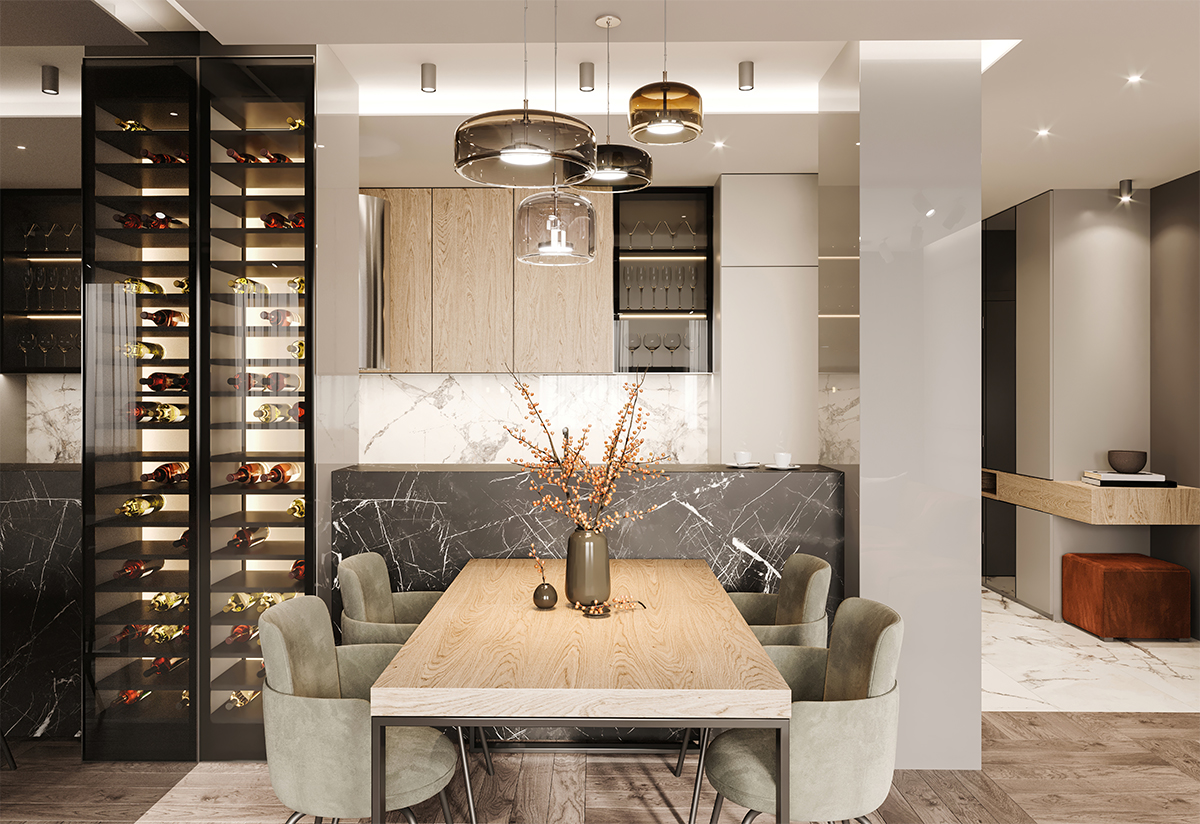
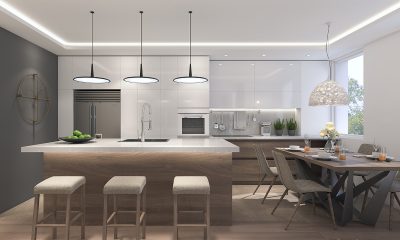

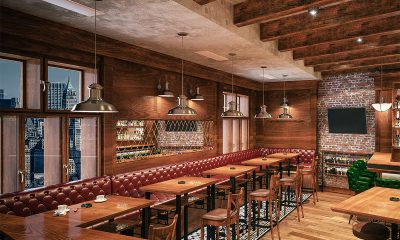
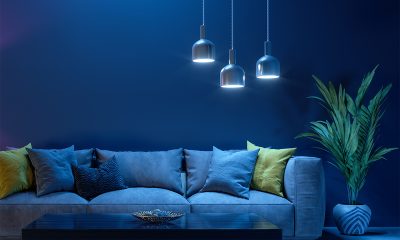
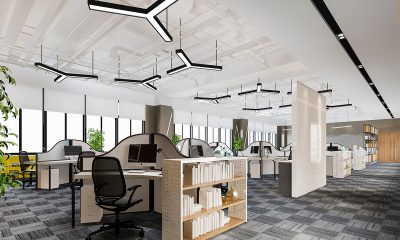
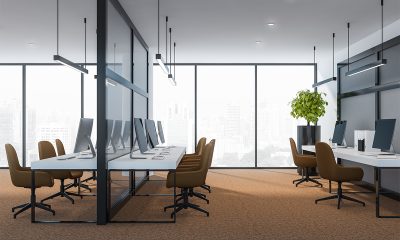
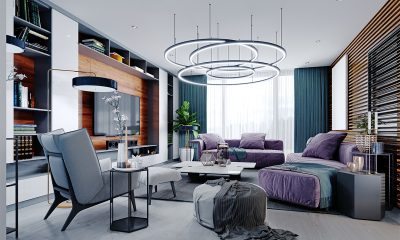
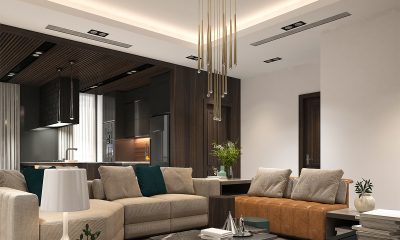
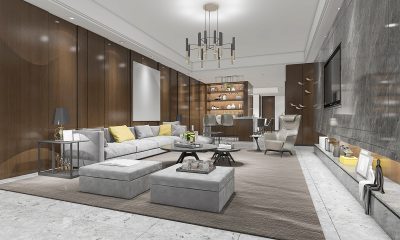
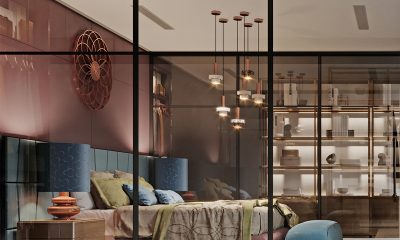
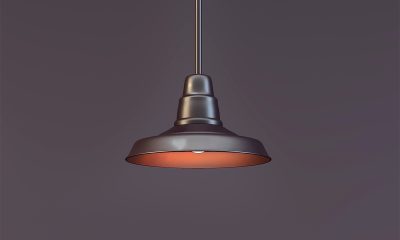
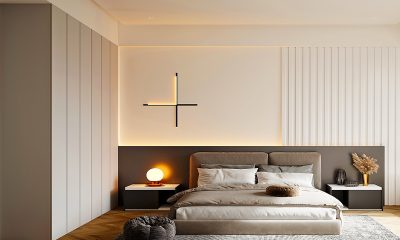





Loading...